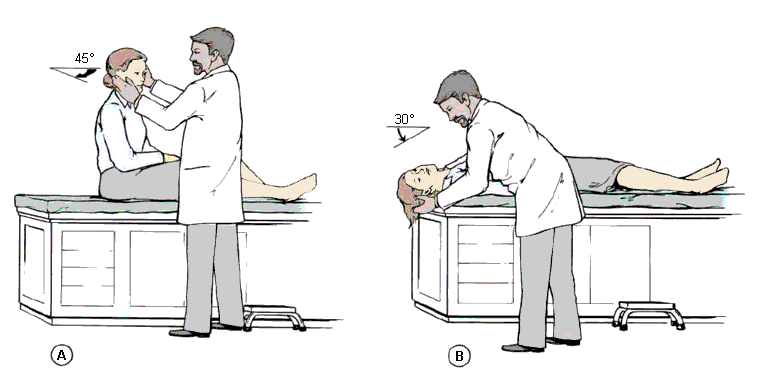londonentconsultant.co.uk
Consultant Ear, Nose & Throat Surgeon

0207 2242455
Benign Paroxysmal Positional Vertigo or BPPV
What is BPPV ?
BPPV is short for Benign Paroxysmal Positional Vertigo. Each part of the term helps us understand the nature of the Vertigo:
-
Benign – The condition is usually self limiting i.e. it will subside in time if no treatment if given
-
Paroxysmal – The Vertigo occurs in episodes that come on suddenly, and is intense.
-
Positional – The Vertigo is brought on by the head being in a certain position.
-
Vertigo – sensation of spinning, either of oneself or of the room.
-
In BPPV, it typically lasts no more than half a minute
What causes BPPV?
-
Pathophysiology
-
Part of the inner ear consists or 3 bony semi-circular canals (see pictures below). Within each canal there is membranous tube (like old cycle tyres), filled with fluid called endolymph.
-
In BPPV, 'gravel' appears in this fluid. This gravel or crystals get detached from their fixed abode and migrate into the fluid within the tube. As the head moves, the gravel shifts and makes contact with nerve sensitive structures that send signals to the brain. Since the loose gravel affects only one side, the brain interprets this as the body/room spinning.
-
Of the 3 semicircular canals, it is the one at the back – ‘posterior’ that is the most common culprit (over 90% of cases)
-
Causes
-
In over 90% of cases no definite reason is found for the detachment of the ‘gravel’ from its fixed abode.
-
Some possible reasons for the detachment to occur include – head injury, surgery on the ear, dental treatment, migraine, viral infection. This is only a small list of possible causes.
What is the management?
-
Making a diagnosis
-
Suspicion of this diagnosis is based on a typical history. Patients complain of spinning sensation that is intense, comes with head turning in a certain position, and lasts for less than 30 seconds. Typically it occurs when the patient turns to one or another side in bed. There is no accompanying hearing impairment.
-
The diagnosis is confirmed by performing a positional test, also called a Dix-Hallpike manoeuvre (see picture below).
-
Treatment
-
The principle of treatment is to somehow move the floating gravel from the canal back to its fixed abode. This involves placing the patients head in several different positions in a step wise manner.
-
This treatment is called an Epley manoeuvre (see picture below). It is successful in over 80% of patients. However, some patients may need 2-3 repeat sessions.

Model of an Ear

Semicircular canals

'Gravel' or Otoliths
 Dix Hallpike manoeuvre or Positional test |  Epley manoeuvre |
|---|
